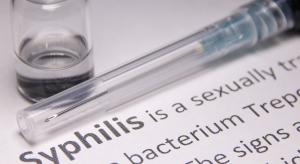
PID is a leading cause of infertility in women
Pelvic Inflammatory Disease (PID) Pelvic inflammatory disease (PID) is a serious infection in the upper genital tract/reproductive organs (uterus, fallopian tubes and ovaries) of women. PID can be sexually transmitted or naturally occurring. It can lead to infertility in women (unable to have children) or






